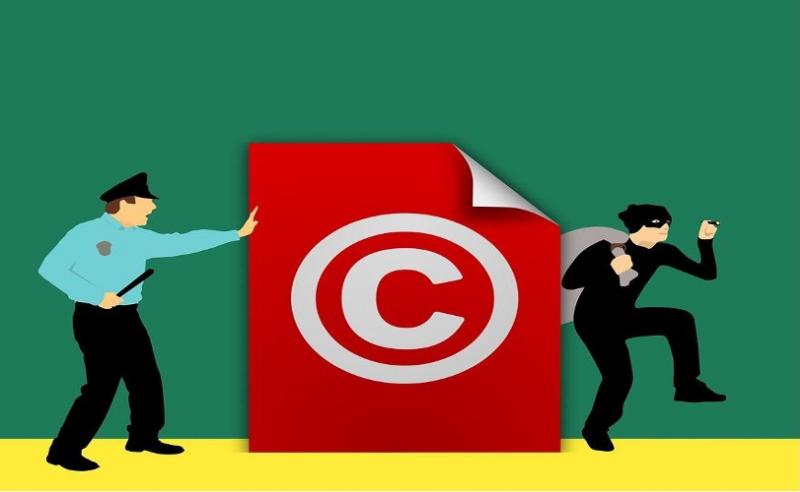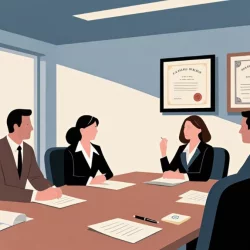What are the Rules of Copyright?

Copyright is the legal protection that allows creators to control how their content is used by others. The concept of copyright law in the United States has changed dramatically over time. This article will provide you with a basic understanding of your rights when it comes to copyrighted material.
Works Eligible for Copyrights
A work must consist of original intellectual contributions that meet the requirements set by law to be a suitable candidate for copyright protection. Works can either be published or unpublished. The works eligible for copyright in Mesa include:
- Charts and maps
- Engravings
- Architectural works
- Audiovisual works and motion pictures
- Computer programs or software
- Photographs, drawings, sculptures, and paintings
- Books and literary works
- Sound recordings
- Music lyrics and compositions
First-sale Doctrine
In the USA, the First Sale Doctrine allows copyright owners or creators of copyrighted works to resell their copies if obtained legally. It means an author can sell their book, but someone who illegally copied it cannot unless the creator has granted permission.
Fair Use Doctrine
There are exceptions when it comes to copying copyrighted material. According to the Fair Use Doctrine, four factors go into determining if a copyrighted work can be used without permission. They include:
1) The purpose and character of use.
2) Nature of the original work.
3) Amount/substantiality copied, or how much was taken compared to what is protected by copyright laws.
4) Effects on the potential market for or value of copyrights.
Copyright Infringement
One of the essential parts of copyright law is infringement. It means using someone else's work without their permission and in a way that violates copyright laws. Examples of copyright infringement include:
- Copying CDs or DVDs illegally (piracy)
- Recording films in movie theaters.
- Illegally downloading movies or music from websites.
- Selling or making money from the illegally copied work.
These actions negatively affect artists because they don't get paid for their hard work and their original work might get devalued.
Public Domain
The public domain describes any work, art, or information that is not protected by copyright. It means anyone can use these works without having to pay the creator for them. Some examples of this are William Shakespeare's plays and physics formulas from Isaac Newton.
Poor Man's Copyright
A Poor Man's Copyright is a way to establish your right of ownership for any original works you have created before the actual copyright registration process. This alternative provides protection similar to registering a work under U.S law at less cost and hassle. It should not be mistaken as an official legal document protecting the rights of authors or creators from infringement cases.
The Main Benefits of Working With Copyright Lawyers
1. They Help Protect your Ideas
Lawyers ensure that no one else claims ownership of your work and cannot exploit or profit from it.
2. They Give Professional Advice
A copyright lawyer provides legal advice to help business owners understand what they can and cannot do concerning copyrights.
3. They are Helpful in Infringement Cases
A lawyer can help stop other people from profiting or benefiting from your ideas by intervening when there is a possibility of infringement. Additionally, lawyers can offer legal advice or represent you if the case goes to court.
Bottom Line
It's essential to understand how copyright works and what you can do if someone infringes on your intellectual property rights. If you're not sure about copyright rules, reach out for help from an attorney who specializes in copyright issues. Copyright laws are complicated, and it's best to consult with a professional when necessary.
More to Read:
Previous Posts:










